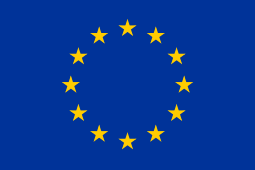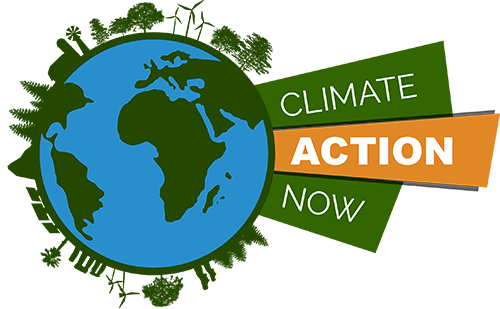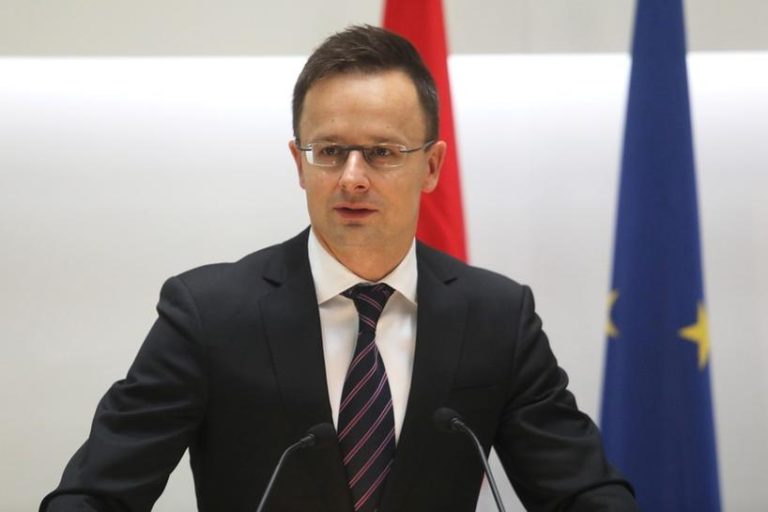Exclusive: Russia to pump dirty oil back from Belarus – sources

Some 5 million tonnes of oil were contaminated in April with organic chloride and the dirty crude is now stuck in pipelines in Belarus and further West – in Poland, Germany, Ukraine, Slovakia, Hungary and the Czech Republic.
The sources said it could take months to fully resolve the crisis.
The crude is blocking the 1 million barrels-per-day Druzhba pipeline, shut since late April, and the evacuation of dirty barrels is complicated by the fact that no firm wants to pay for or refine them as organic chloride can damage refining equipment.
Four industry sources familiar with the latest Russian plan told Reuters Moscow would reverse the Druzhba pipeline and pump back around 1 million tonnes of contaminated oil from Belarus, thus cleaning up the link all the way through to Belarus’s border with Poland.
Another 1 million tonnes stuck in Poland and Germany though, will be left there to be dealt with by those countries, the sources said.
“The Russians are open to agreeing to take back the polluted oil from the Belarus section which has not come to Poland yet, but there is no agreement on compensation,” one industry source said.
The source attended a meeting in Warsaw on Thursday between Russian, Belarussian and European companies to discuss how to resume oil exports via Druzhba, the loss of which is costing Russia $80 million per day.
Three other people present at the Warsaw talks or briefed on what was discussed also said the plan was for Russia to take back the oil from the Belarus section.
“This is a bit under 1 million tonnes. They plan to take it back to Russia,” one of four sources said.
The pipeline supplies Poland and Germany via its northern leg and goes to Ukraine, Hungary, Slovakia and the Czech Republic in the south. The routes split at the Mozyr refinery in Belarus.
ROAD MAP
On Friday, Russia and Belarus signed a protocol agreeing to clean the pipelines by pumping back the oil to Russia but the protocol gave no specific volume to be pumped.
Russia has not yet determined the amount it will pay in compensation, Economy Minister Maxim Oreshkin told reporters, adding Transneft had the resources to deal with the issue.
Russia’s energy ministry and Transneft, the Russian state pipeline operator, did not reply to requests for comment.
Belarus state energy company Belneftekhim, which manages the country’s two refineries, declined to comment. Polish oil refiners PKN Orlen and Lotos also didn’t respond to a request for comment.
Polish pipeline operator PERN said on Friday it had dealt with over 30% of oil contamination in its system but it may take several months to completely clean the network.
Germany’s economy ministry and oil industry association said on Friday that ongoing Druzhba problems did not pose a threat to the security of oil product supply and that there were no plans to release oil from strategic stocks.
It remained unclear where Russia is planning to send the contaminated crude after pumping it back, the four sources said. It previously sent contaminated oil via the Baltic port of Ust-Luga via a pipeline, while a small volume was sent by rail to the Black Sea port of Novorossiisk where it got mixed with clean oil.
Russia is also exporting oil via other ports in the Baltics, as well as in the south and east of the country. These supplies were not affected by the contamination.
So far, Russia has managed to remove around 2 million tonnes, using rail, storage tanks and ships, restoring, at least partially, clean flows to the Ust-Luga port and to Slovakia.









STOCKHOLM – Earlier this month, a bleak global assessment of the shocking state of life on Earth made headlines worldwide. According to the report by the Intergovernmental Science-Policy Platform on Biodiversity and Ecosystem Services (IPBES), about 12% of all known animal and plant species are now threatened with extinction. Worse still, humanity is destroying entire habitats, and with them the web of life that supports societies and economies. Unsurprisingly, the findings were greeted with despair.
As IPBES scientific contributors and co-authors of the report, we face this news every day. It is impossible not to react emotionally to the scale of destruction humans are inflicting on the natural world. Yet the report also goes to great lengths – although this has been less widely reported – to identify ways to reverse this alarming trend. To succeed, however, humans need to undertake four major transformations.
First, we must substantially change our legal, economic, and technological systems. It is true, as the report emphasizes, that protected areas and legislation have prevented the extinction of many species, such as the panda. And further conservation steps are clearly needed. But humans need to make far more fundamental changes.
The IPBES report therefore explores numerous possible economic development paths for the world to 2050, and identifies ways to protect nature while increasing human prosperity. The measures it proposes are not the usual suspects, such as reducing deforestation or curtailing the exploitation of species; instead, they address the causes of these problems.
Here, the report concludes that sustaining Earth’s living systems requires us to redefine what a good quality of life means. Societies need to get away from the idea that a good and meaningful life is possible only through ever-increasing material consumption. This is clearly absurd. Wellbeing has been stagnating in many developed countries, even as consumption continues to increase.
Solutions could instead build upon new social and political narratives showing that happiness goes hand in hand with lowering total consumption and cutting waste. Reducing gender and wealth inequalities also improves a society’s wellbeing, as Nordic countries have shown. And, as IPBES recognizes, indigenous and local knowledge can reveal other ways of managing ecosystems sustainably.
Undertaking such shifts will not be easy. The world must urgently adopt a new economic paradigm that goes beyond a singular focus on GDP. This is beginning to happen. New Zealand, for example, has announced its first “wellbeing budget,” while China is continuing to develop measures of “green GDP.”
Second, the world must transform its food system. The way we currently produce and consume food is a major cause of ecological destruction. Yet feeding a growing global population a healthy diet without damaging the Earth is not only possible, but will also improve people’s quality of life. The IPBES report highlights several sustainable agricultural practices, such as integrated pest and nutrient management, organic farming, soil and water conservation, and measures to improve animal welfare.
One of the IPBES report’s development paths to 2050 is in line with the findings of the separate EAT-Lancet Commission reporton sustainable food systems. That report, released earlier this year, concluded that the world could feed ten billion people a healthy diet – with less meat and dairy products, and more nuts and vegetables – without needing to use more land.
But these actions on their own will not be enough. One-third of all food produced never makes it to the plate. We support calls for food waste to be slashed by 50% by 2030, and, encouragingly, countries including France, Germany, and Italy have taken steps to prevent supermarkets from discarding unsold food.
Third, we must treat the world’s oceans far better. Industrial fishing now extends to 55% of the world’s ocean area, and just 3% is free from human pressure. The ocean is increasingly used as a dumping ground for sewage, plastic, excess fertilizers, and other toxic pollutants. But research shows that managing the oceans sustainably can increase fish stocks and economic value. And the UN aims to reach agreement next year on new international regulations to protect the oceans.
Finally, the world must think carefully about the best ways to tackle climate change. The timber and agriculture industries – in particular the production of soy, palm oil, and beef – are causing rapid deforestation, with devastating consequences for the stability of the Amazon rainforest, the world’s climate, and many species. But attempts to combat global warming through large-scale planting of bioenergy crops, along with reforestation and afforestation, could greatly harm biodiversity and fragile ecosystems. Well-planned measures, on the other hand, could enhance biodiversity, improve soil quality, and capture and store carbon dioxide.
Protecting the living world calls for systemic changes that go beyond narrowly focused policies on biodiversity or climate. Fighting poverty and inequality are essential parts of the solution, too. But these transformative steps will happen only if we start treating the situation like the crisis it is, as Swedish climate activist and student Greta Thunberg has urged.
In recent weeks, both the UK and Irish parliaments have declared climate and nature emergencies, and we urge other countries to do the same. In 2020, a “superyear” for international environmental policy – with major summits on biodiversity, climate, and the oceans – the UN should mark its 75th anniversary by declaring an emergency for the planet to accelerate action to ensure long-term sustainability.